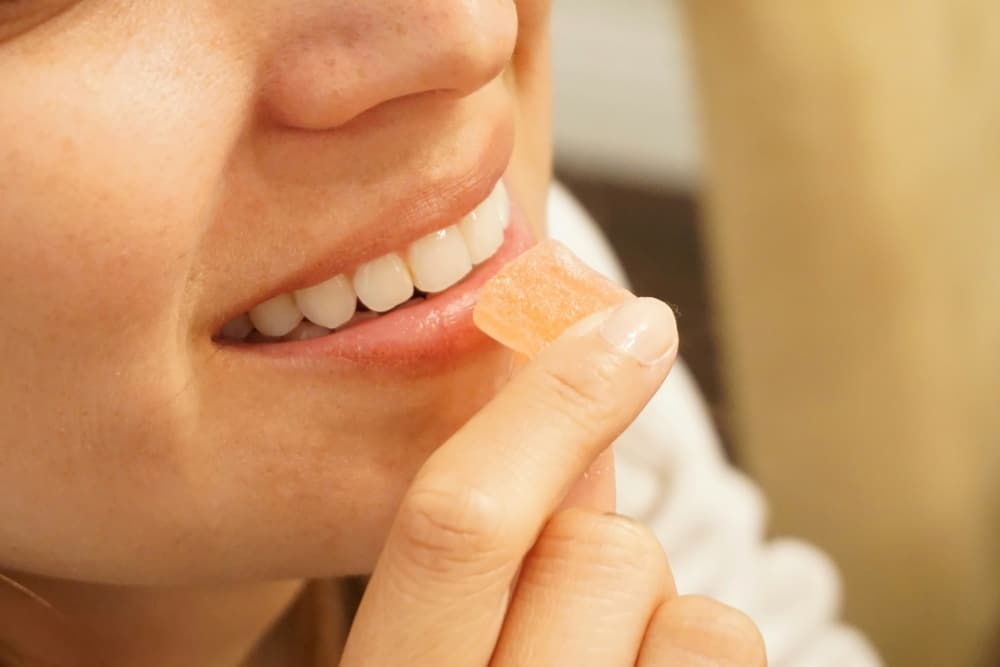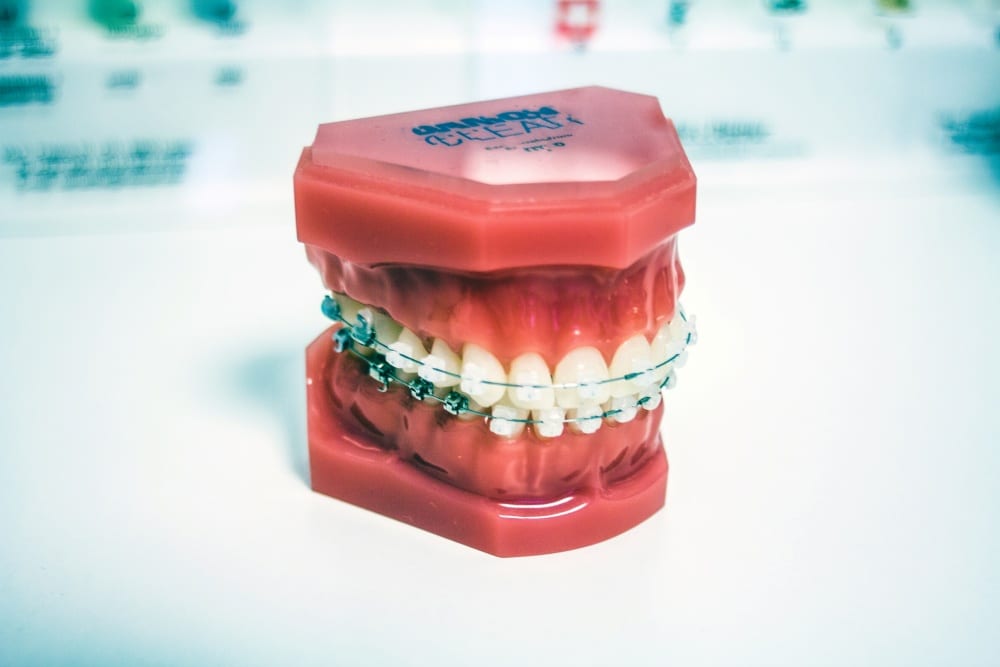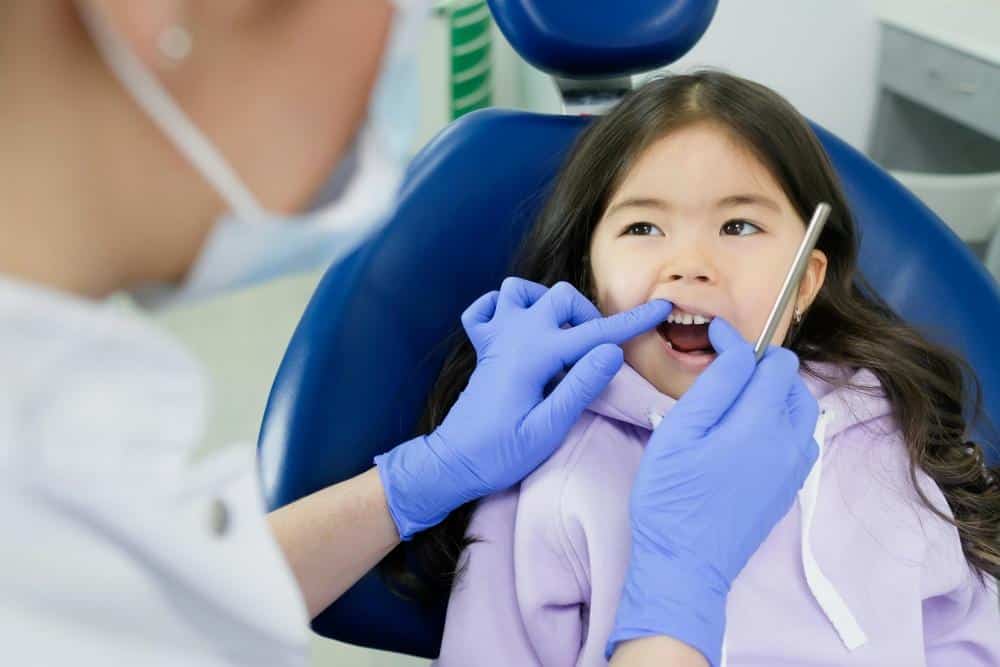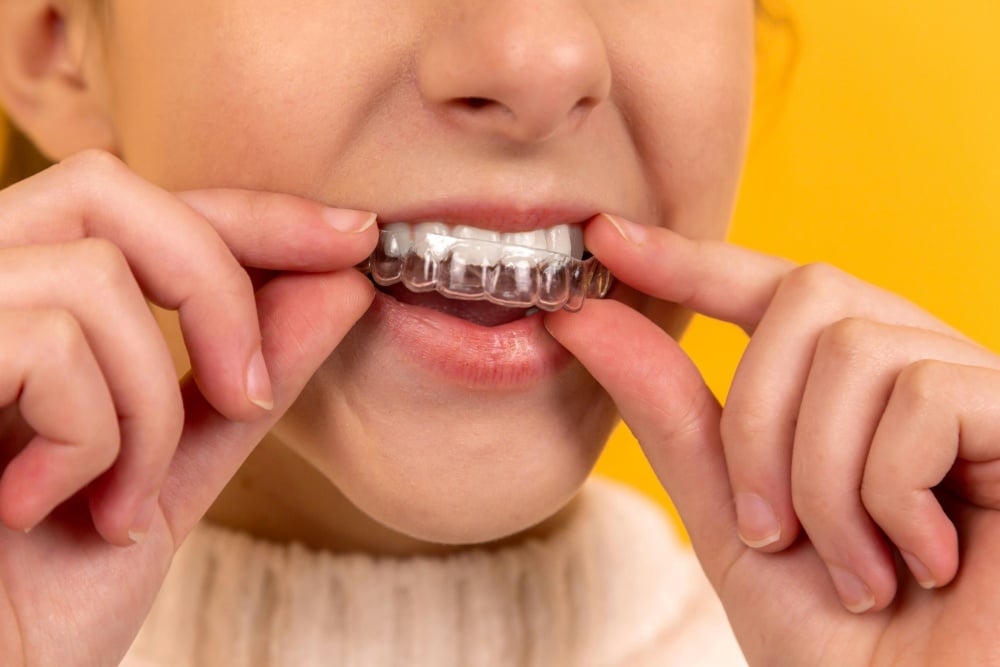
Clear Aligners vs Invisalign: What’s the Difference?
A bright, perfectly aligned smile is widely recognised as a sign of beauty, boosting confidence for anyone who has one. And for those looking to enhance their smiles discreetly, clear aligners and Invisalign serve as effective orthodontic treatments using transparent, removable trays that gently coax teeth into proper alignment over time.
While both clear aligners and Invisalign operate on the same basic principle, they are distinct in their offerings and technologies. For example, while clear aligners include a variety of brands, Invisalign is specifically known for its proprietary approach. As such, understanding their differences is crucial for anyone considering these treatments to achieve their dental health goals.
So, how do clear aligners and Invisalign differ from each other, and which one of these is the right one for your orthodontic needs?
What Are Clear Aligners?
Ever find yourself questioning if clear aligners are the same as Invisalign?
While often grouped together in discussions about modern orthodontic solutions, clear aligners refer to a broader category of treatments that includes various brands such as Invisalign, Zenyum, ClearCorrect, and Aurora Aligner. They are orthodontic devices specifically crafted to straighten teeth and correct various bite issues like an underbite and more, all without the visible hardware of traditional braces.
These devices are made from a clear, flexible plastic custom-designed to fit snugly over the teeth. Transparent and virtually invisible, clear aligners offer a discreet method of improving dental alignment. Moreover, one of their notable features is removability—they can be taken out before meals or when brushing or flossing, providing a conveniently practical and flexible option for patients.
Each set of clear aligners is individually made to gradually guide and shift teeth into their desired position. This is achieved through controlled force, with each new aligner making slight adjustments to tooth alignment. The process begins with a consultation and impressions or digital scans of your teeth to create a 3D model of the mouth. From this model, a customised treatment plan is developed, detailing the expected movements of the teeth and the overall treatment duration. Thereafter, a series of aligners are fabricated.
Clear aligners are effective for a range of orthodontic issues, from simple alignment adjustments to more complex cases involving gapped teeth, crossbite, overcrowding, openbite, underbite, and overbite. With each new set worn for about one to two weeks, the teeth are progressively moved toward their optimal alignment and monitored through regular check-ups to ensure everything is proceeding as planned. This methodical approach allows clear aligners to efficiently and effectively enhance one’s smile.
What is Invisalign?
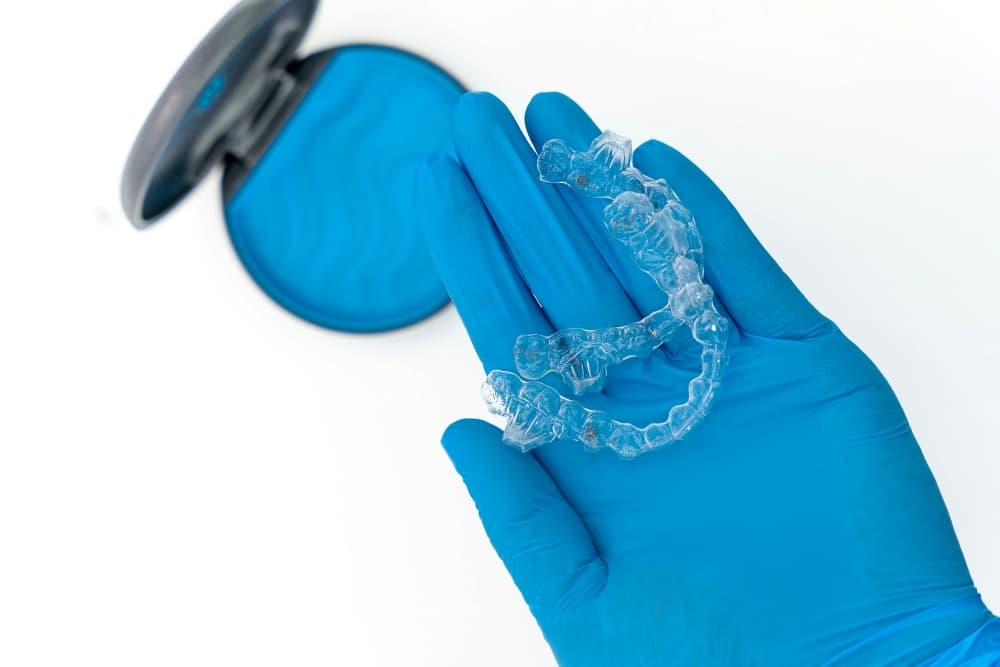
So, how different is Invisalign? Although Invisalign is a type of clear aligner, it stands out through its patented technology and specialised treatment options.
For one, Invisalign aligners are not just nearly invisible; they are also tailored for each individual, like most clear aligners. These custom-made aligners fit snugly over the teeth and over the gumline, and they are gently and effectively adjusted over time. Plus, they are also removable, making it easy to eat, brush, and floss without the complications associated with traditional braces.
One key difference, however, is that Invisalign offers several treatment plans to suit different needs, including the Comprehensive Invisalign Option, Invisalign Go, and the like. Each option is designed to accommodate varying degrees of dental adjustments, from minor alignments to more intensive and complex treatments.
Another difference is that Invisalign aligners are crafted from SmartTrack material, which is specifically engineered for comfort and ease of use. This material allows for easy removal and replacement of the aligners, which enhances comfort and minimises discomfort.
Furthermore, Invisalign typically requires fewer doctor visits compared to traditional braces, with check-ups generally needed only every six to eight weeks. The treatment also offers clear timelines, providing patients with a detailed view of their treatment duration and expected outcomes.
Main Difference Between Clear Aligners vs Invisalign
While clear aligners and Invisalign both aim to straighten teeth discreetly, understanding their differences can guide you in choosing the right option for your orthodontic needs.
Consider these key aspects:
| Feature | Invisalign | Other Clear Aligners |
| Material Composition | Made from SmartTrack, a patented thermoplastic material. | Generally made from various transparent plastic materials. |
| Manufacturing Process | Utilises 3D printing technology from digital scans. | Employ computer-aided design and manufacturing processes. |
| Treatment Planning | Sophisticated software predicts and manages tooth movements. | Digital planning tools map out tooth movement sequences. |
| Removability | Aligners are removable for eating, drinking, and oral care. | Most systems also feature removable aligners. |
| Visibility | Designed for near invisibility to maintain aesthetics. | Typically very subtle in appearance or nearly invisible as well. |
| Brand Recognition | Brand known for innovation in clear aligner technology. | Various reputable brands available with similar treatments. |
| Dentist Interaction | Direct and regular consultations with a chosen dentist. | Often, minimal dentist interaction is required. However, this depends on your dentist. |
| Comfort | Customised to hug the teeth closely, minimising gum discomfort. | Varies by brand and material used. |
Making the Ideal Choice
So, which of these orthodontic treatments should you choose since they both offer practical solutions for straightening teeth discreetly?
Choosing between Invisalign and other clear aligners involves weighing various factors, as each option presents its own set of advantages and challenges.
Consider the following to help guide your decision:
| Aspect | Invisalign | Other Clear Aligners | |
| Pros | Customisation | Tailored to individual’s dental structure for effectiveness. | Some brands offer comparable customisation. |
| Predictable Results | Technology leverages proper planning and outcomes. | Effective for mild to moderate cases, and the aim is to reach proper alignment too. | |
| Convenience | Removable for easy eating and cleaning. | Similar removability for maintaining oral hygiene. | |
| Comfort | Designed to minimise discomfort and irritation. | Generally comfortable with variations in material feel. | |
| Cons | Compliance | Requires adherence to wearing schedule for success. | Same compliance is needed for effective results. |
| Treatment Time | Duration varies by the complexity of the case. | Treatment time can be similar, depending on the brand. | |
| Initial Discomfort | Some discomfort is possible with new aligners. | Similar initial adjustment period as Invisalign. | |
| Scope of Treatment | May not suit the most severe orthodontic needs. | Some brands may not handle complex cases as effectively, but some might. | |
| Risk of Breakage | Durable, with a low risk of breakage. | Potential for damage depending on material quality. |
Since both options have their merits and limitations, consulting with a dental professional is essential. A dentist or orthodontist can provide personalised advice based on your specific dental needs, lifestyle, and budget, ensuring that you choose the most suitable method for achieving your ideal smile.
Making Your Decision on Orthodontic Treatments
For personalised advice that aligns with your specific dental needs and goals, it is essential to consult with a dental professional. A consultation at an affordable dental clinic in Singapore, like FDC, will not only provide a detailed assessment of your dental alignment but also offer insights into which treatment—Invisalign or another clear aligner—would work best for you. This expert guidance ensures that your chosen method fits well with your lifestyle, offers optimal comfort, and delivers effective results, paving the way for a confident, radiant smile.

Dr Han Kit Kwong Bryan
Dental Surgeon
B.D.S (Singapore)
BIOGRAPHY
Dr Bryan Han graduated from the National University of Singapore in 1987 with a Bachelor of Dental Surgery. He continued his dental education in the area of Orthodontics and Implants and obtained the Masters of Science Orthodontics (Singapore), Masters of Science Implant Dentistry (USA) and Masters of Science Implants (USA) just to name a few. He served in various branches of the Ministry of Health providing dental services in the Singapore Armed Forces and other government sectors, treating patients in the public health service. He entered private practice thereafter and is adept at Orthodontics.
Through his 35 years of experience, Dr Bryan has been a dental surgeon and senior dental associate in various dental clinics and groups. He has also set up and managed 4 dental clinics in Singapore and helped set up 2 dental clinics in Ningbo, China. He currently still serves as CEO and Group Clinical Director in these clinics. In 2019, Dr Bryan joined Family Dental Centre and continues his clinical practice focusing on Orthodontics and Dental Implants.



